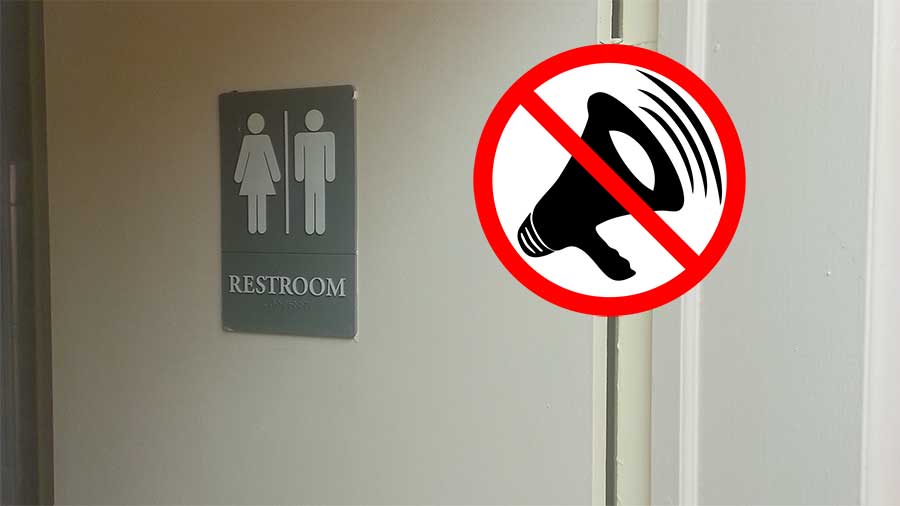Soundproofing Around Door Frames

Just be aware that replacing a 1 inch door with a thicker one will involve some carpentry modifications to the door jambs.
Soundproofing around door frames. Soundproof door sweeps are items you attach to the bottom of your door to bridge the gap between it and the floor. If you notice any spaces under or around the doorframe then you should consider using a gasket. They can be made of metal and rubber or just rubber or soft foam and fabric the kind you choose will depend on the type of door you re dealing with. Adding high quality seals around the door frame and installing an automatic or static door sweep can greatly reduce the transmission of sound in a doorway.
Door gasket for soundproofing doors. Magnetic door gaskets only work on doors which are built into metal frames so they aren t a suitable method of soundproofing for most doors. Sound can travel through air gaps if air can get through a gap sound can travel through it. You can actually go one step further than a solid core door and buy a sound blocking door.
If you are willing to change your doorframe to a metal one then this is a very effective door sealing method which will make a huge difference to the sound resistance of your door. To soundproof a door install a curtain rod over the back of the door and get a heavy fabric drape to hang from the rod. To install a door gasket you ll need to remove the door frame. In this video we will show you how to soundproof a door diy by essentially creating a soundproof door.
We recommend quiet door adjustable perimeter seals which reduce sound transfer by forming a tight fit around the perimeter of a door. How to soundproof your door is an upgrades that is muc. A heavy dense fire door for example will block much more sound. They re easy to install and they block out all sound that enters around the door.
The thicker the door the better it reduces noise transfer. Install a pre assembled soundproof door or you can add mass to the existing door or the door area. Sound is amplified as it travels through gaps. A dense closed cell sponge neoprene soundproofing rubber can be used to fill this gap see figure 2.
Soundproofing needs to be properly sealed to work and so does your door. Although it is covered by a molding the gap between the door frame and wall framing is a big sound leak around your doors. And you can also utilize methods that create air pockets between the source of the noise and the room in which the door leads in to. To soundproof a door you need to block any gaps letting air and sound in through the door and surrounding frame.














































